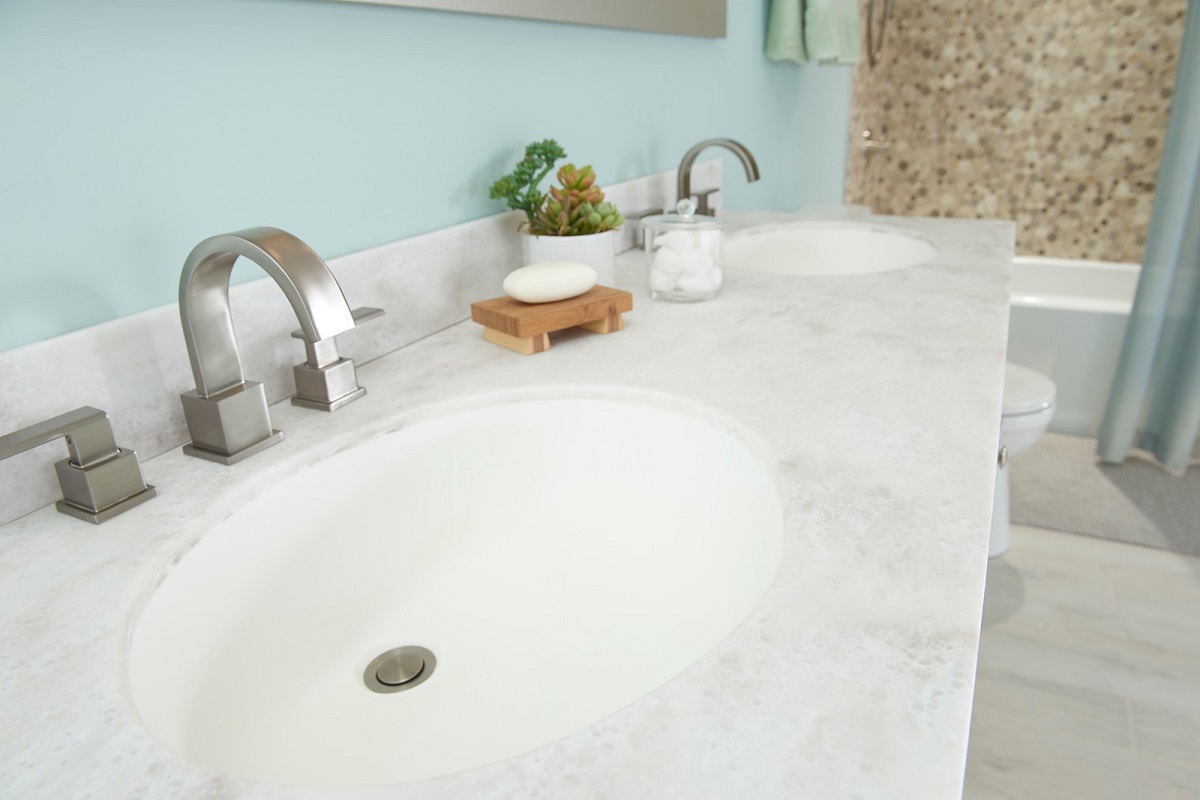

Articles
How To Cut Solid Surface Vanity Tops
Modified: March 1, 2024
Learn how to cut solid surface vanity tops with our informative articles. Get step-by-step instructions and expert tips for a successful DIY project.
(Many of the links in this article redirect to a specific reviewed product. Your purchase of these products through affiliate links helps to generate commission for Storables.com, at no extra cost. Learn more)
Introduction
When it comes to bathroom renovations, one of the key elements that can transform the entire look and feel of the space is the vanity top. Solid surface vanity tops, made from materials like quartz or granite, are not only durable but also visually appealing. However, during the installation process, you may need to customize the size of the vanity top to fit your specific bathroom layout.
In this article, we will guide you through the step-by-step process of cutting and installing solid surface vanity tops. Whether you are a DIY enthusiast or a professional contractor, this article will provide you with valuable insights and tips to successfully complete the project.
Key Takeaways:
- Proper preparation, precise measuring, and the use of the right tools, such as a diamond blade saw, are essential for cutting and installing a solid surface vanity top with professional results.
- Finishing and polishing the edges, along with secure installation using adhesive and silicone caulk, are crucial steps for achieving a beautiful and customized solid surface vanity top for your bathroom.
Read more: How To Cut A Bathroom Vanity Top
Choosing the Right Tools
Before you start cutting your solid surface vanity top, it is crucial to gather the necessary tools to ensure a smooth and precise cutting process. Here are some essential tools you will need:
- Diamond Blade Saw: A diamond blade saw is the most ideal tool for cutting through solid surface materials. Make sure to choose a blade specifically designed for cutting quartz or granite to ensure clean and accurate cuts.
- Masking Tape: Use masking tape to mark the cutting line on the vanity top. This will not only help you achieve a straight cut but also prevent any potential chipping or cracking of the material.
- Ruler or Measuring Tape: Accurate measurements are crucial for a precise cut. Make sure to have a ruler or measuring tape handy to measure the desired dimensions of the vanity top.
- Clamps: Clamps will help secure the vanity top in place during the cutting process, preventing any movement or slippage that could lead to uneven cuts.
- Safety Gear: Don’t forget to prioritize your safety. Wear protective goggles, gloves, and a dust mask to shield yourself from any debris or dust that may be generated during the cutting process.
Having the right tools will not only make the cutting process easier but also ensure that you achieve precise and professional-looking results. Take the time to gather all the necessary tools before starting the cutting process.
Measuring and Marking
Accurate measuring and marking are crucial steps in cutting a solid surface vanity top. It is important to measure and mark the vanity top carefully to ensure that you achieve the desired dimensions. Here’s a step-by-step guide to help you through the process:
- Measure the Vanity Cabinet: Begin by measuring the dimensions of the vanity cabinet. Measure the length, width, and depth of the cabinet to determine the size of the vanity top you will need.
- Measure and Mark the Vanity Top: Once you have the measurements of the cabinet, transfer those measurements onto the solid surface vanity top. Use a ruler or measuring tape to mark the dimensions on the surface of the material. Make sure to subtract the appropriate amount from the measurements to allow for any overhang or additional space required for installation.
- Use Masking Tape to Mark the Cutting Line: Once you have marked the dimensions on the solid surface material, use masking tape to create a clear and straight cutting line. Place the tape just outside the marked dimensions to prevent any potential chipping or cracking of the material when cutting.
- Double-Check the Measurements: Before proceeding to the cutting process, double-check your measurements to ensure accuracy. Making any adjustments at this stage will help avoid costly mistakes during the cutting and installation process.
Remember, precision is key when it comes to measuring and marking the vanity top. Take your time to ensure that the dimensions are correct and that the cutting line is clearly marked to achieve the best results.
Preparing the Solid Surface Vanity Top
Before you begin cutting the solid surface vanity top, it’s important to properly prepare the material to ensure clean and accurate cuts. Follow these steps to prepare the vanity top:
- Clean the Surface: Start by cleaning the surface of the vanity top to remove any dirt, dust, or debris. Use a mild soap or cleaner specifically designed for solid surface materials. Rinse thoroughly and dry the surface completely.
- Secure the Vanity Top: Place the solid surface vanity top on a stable and secure surface. Make sure it is well-supported to prevent any movement or shifting while cutting.
- Apply Masking Tape: Cover the area surrounding the marked cutting line with masking tape. This will provide additional protection from chipping or scratching the vanity top during the cutting process.
- Secure the Clamps: Use clamps to secure the vanity top to the work surface. Ensure that the clamps are placed securely but not too tight to avoid damaging the material.
- Double-Check Measurements and Markings: Before proceeding, double-check that the measurements and markings on the vanity top are accurate and properly aligned. Confirm that the cutting line is clearly visible.
By properly preparing the solid surface vanity top, you can minimize the risk of errors and achieve clean and precise cuts. Taking the time to clean the surface, securely position the vanity top, and double-check measurements will contribute to a successful cutting process.
When cutting solid surface vanity tops, use a fine-toothed carbide blade and a straight edge to ensure a clean and precise cut. Always wear protective eyewear and a dust mask to avoid inhaling particles.
Cutting the Solid Surface Vanity Top
Now that you have prepared the solid surface vanity top, it’s time to proceed with the cutting process. Follow these steps to cut the vanity top accurately and safely:
- Set up the Diamond Blade Saw: Ensure that the diamond blade saw is properly set up and securely mounted. Make sure to follow the manufacturer’s instructions for setting up the saw and attaching the diamond blade.
- Put on Safety Gear: Prioritize your safety by wearing protective goggles, gloves, and a dust mask. This will protect you from any debris or dust generated during the cutting process.
- Align the Saw with the Cutting Line: Position the blade of the saw directly on the marked cutting line. Take your time to ensure that the saw is aligned perfectly with the line.
- Start Cutting: Once the saw is properly aligned, turn on the saw and slowly guide it along the cutting line, moving at a steady pace. Apply gentle pressure and let the diamond blade do the work. Avoid rushing the process to prevent any potential damage or errors.
- Stay Firm and Steady: Keep a firm grip on the saw and maintain a steady hand while cutting. Do not force the saw through the material; instead, let it glide smoothly along the cutting line.
- Continue Cutting: Follow the entire length of the cutting line, maintaining a consistent speed and pressure. Take breaks if needed to prevent overheating of the blade or to readjust your grip.
- Double-Check the Cut: Once you have completed the cut, inspect the edge to ensure a clean and straight cut. If necessary, use a file or sandpaper to smooth any rough edges or imperfections.
During the cutting process, it is essential to maintain focus and precision. Taking your time and following the proper technique will help you achieve clean and accurate cuts on the solid surface vanity top.
Read more: How To Cut Marble Vanity Top
Finishing and Polishing the Edges
After cutting the solid surface vanity top, it’s important to finish and polish the edges for a professional and polished look. Here are the steps to follow:
- Remove the Masking Tape: Carefully peel off the masking tape from the edges of the vanity top. Take your time to avoid any potential damage or chipping.
- Sand the Edges: Start by using sandpaper with a grit of around 220 or higher to smooth out the cut edges. Use a gentle and consistent circular motion to sand the edges until they feel smooth to the touch.
- Progress to Finer Grits: Gradually increase the grit of the sandpaper, such as 320, 400, and 600, to achieve a smoother finish. Continue the sanding process, ensuring that each pass removes any imperfections or roughness from the edges.
- Use a Polishing Compound: Apply a polishing compound specifically designed for solid surface materials to the edges. Use a clean cloth or buffing pad to gently rub the compound into the edges in a circular motion. This will enhance the shine and smoothness of the edges.
- Wipe and Clean: Once you have finished polishing, wipe down the vanity top to remove any excess polishing compound or debris. Use a clean, damp cloth to ensure the surface is clean and free of residue.
By finishing and polishing the edges of the solid surface vanity top, you will achieve a professional and refined look. Take your time during the process to ensure that the edges are smooth, polished, and free of any imperfections.
Installing the Vanity Top
Once you have cut and finished the solid surface vanity top, it’s time to proceed with the installation process. Follow these steps to properly install the vanity top:
- Prepare the Vanity Cabinet: Ensure that the vanity cabinet is clean, level, and free of any debris. Make sure the cabinet is securely attached to the wall and properly aligned.
- Apply Adhesive: Apply a bead of adhesive on top of the cabinet, making sure to leave enough space for silicone caulk around the edges. Spread the adhesive evenly to provide a strong and secure bond.
- Position the Vanity Top: Carefully lift the solid surface vanity top and place it onto the cabinet. Make sure it is properly aligned with the edges of the cabinet and the cutout for the sink.
- Secure the Vanity Top: Use clamps to secure the vanity top in place while the adhesive sets. Place the clamps strategically to evenly distribute the pressure and prevent any movement or shifting.
- Apply Silicone Caulk: Run a thin bead of silicone caulk along the edges of the vanity top to create a waterproof seal. Smooth the caulk with your finger or a caulking tool for a neat and professional finish.
- Remove Excess Caulk: Wipe away any excess caulk or adhesive that may have squeezed out during the installation process. Use a damp cloth or sponge to clean the surface and achieve a clean and polished look.
- Allow for Curing Time: Follow the manufacturer’s instructions for the adhesive and caulk to determine the recommended curing time. Avoid using the vanity top until the materials have fully cured.
Properly installing the solid surface vanity top is essential for a secure and long-lasting result. Take your time to ensure proper alignment, secure attachment, and a clean finish for a professional-looking installation.
Conclusion
Cutting and installing a solid surface vanity top can be an exciting and rewarding project that can transform the look and functionality of your bathroom. By following the step-by-step process outlined in this article, you can confidently tackle this task with professional results.
Choosing the right tools, measuring and marking accurately, and preparing the vanity top are crucial steps in ensuring a successful project. Taking your time during the cutting process and using a diamond blade saw will ensure clean and precise cuts. Finishing and polishing the edges will provide a professional and polished look.
When it comes to installing the vanity top, proper preparation, secure attachment, and the use of adhesive and silicone caulk are key. Following these steps will ensure a solid and durable installation.
Remember to prioritize safety by wearing appropriate protective gear throughout the process. Take breaks when needed and do not rush the cutting or installation. By following these guidelines, you can achieve a beautiful and customized solid surface vanity top for your bathroom.
We hope that this article has provided you with the knowledge and confidence to successfully cut and install a solid surface vanity top. Enjoy the process and the stunning results it will bring to your bathroom renovation project.
Frequently Asked Questions about How To Cut Solid Surface Vanity Tops
Was this page helpful?
At Storables.com, we guarantee accurate and reliable information. Our content, validated by Expert Board Contributors, is crafted following stringent Editorial Policies. We're committed to providing you with well-researched, expert-backed insights for all your informational needs.
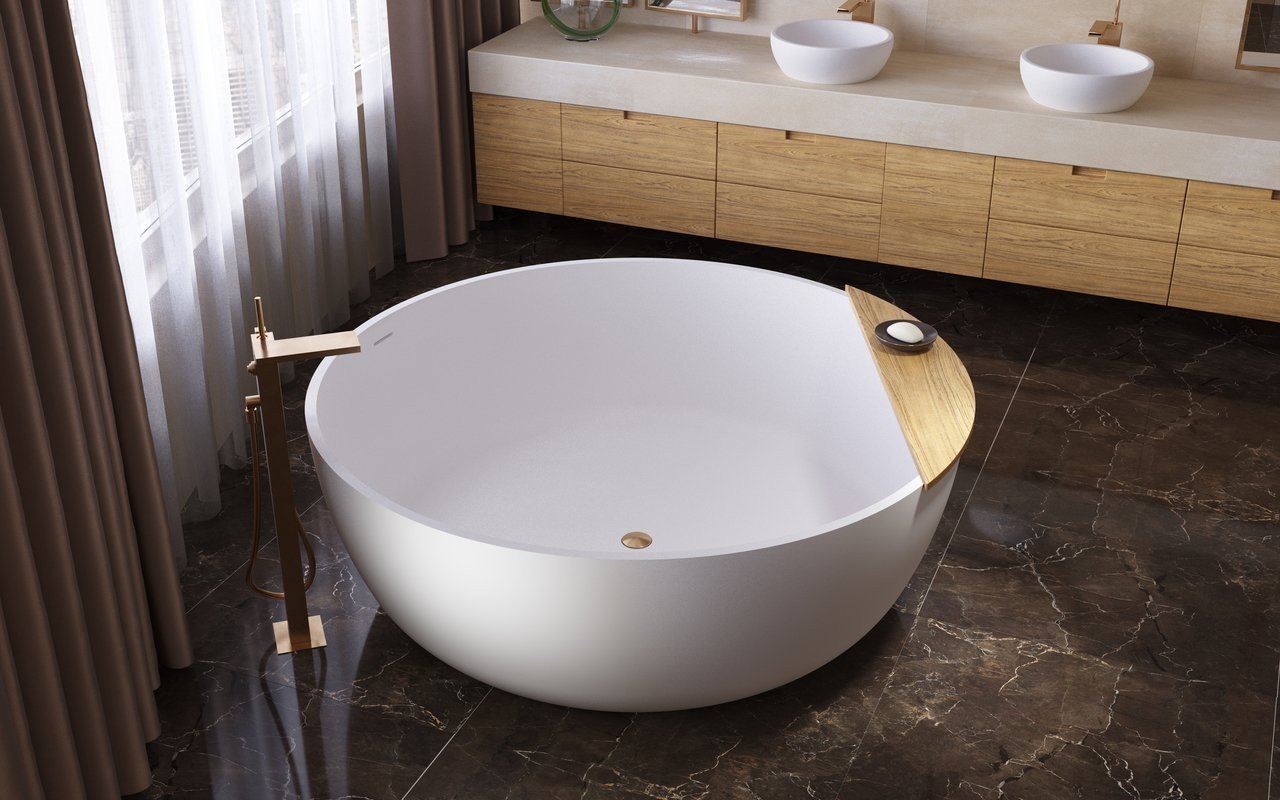
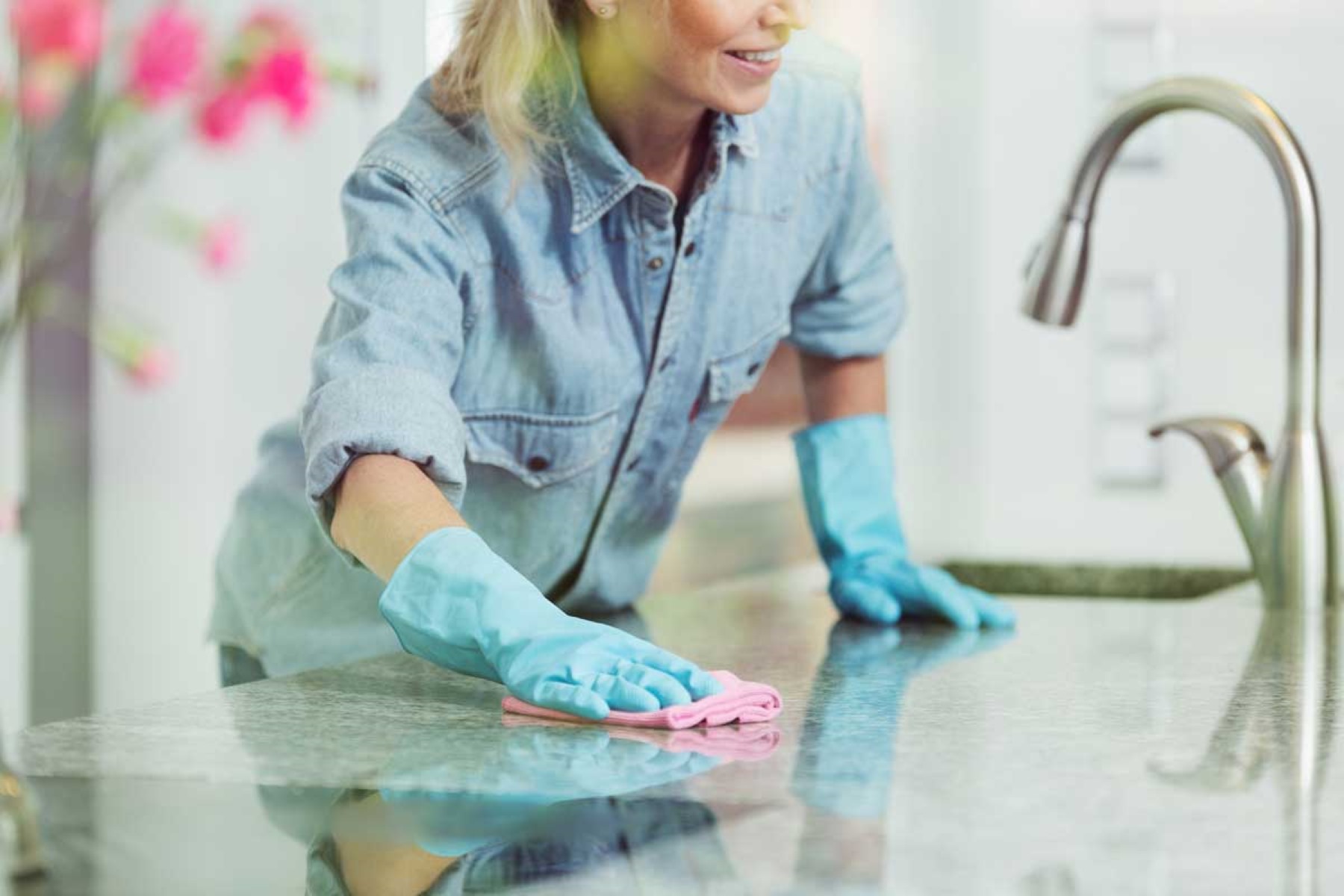
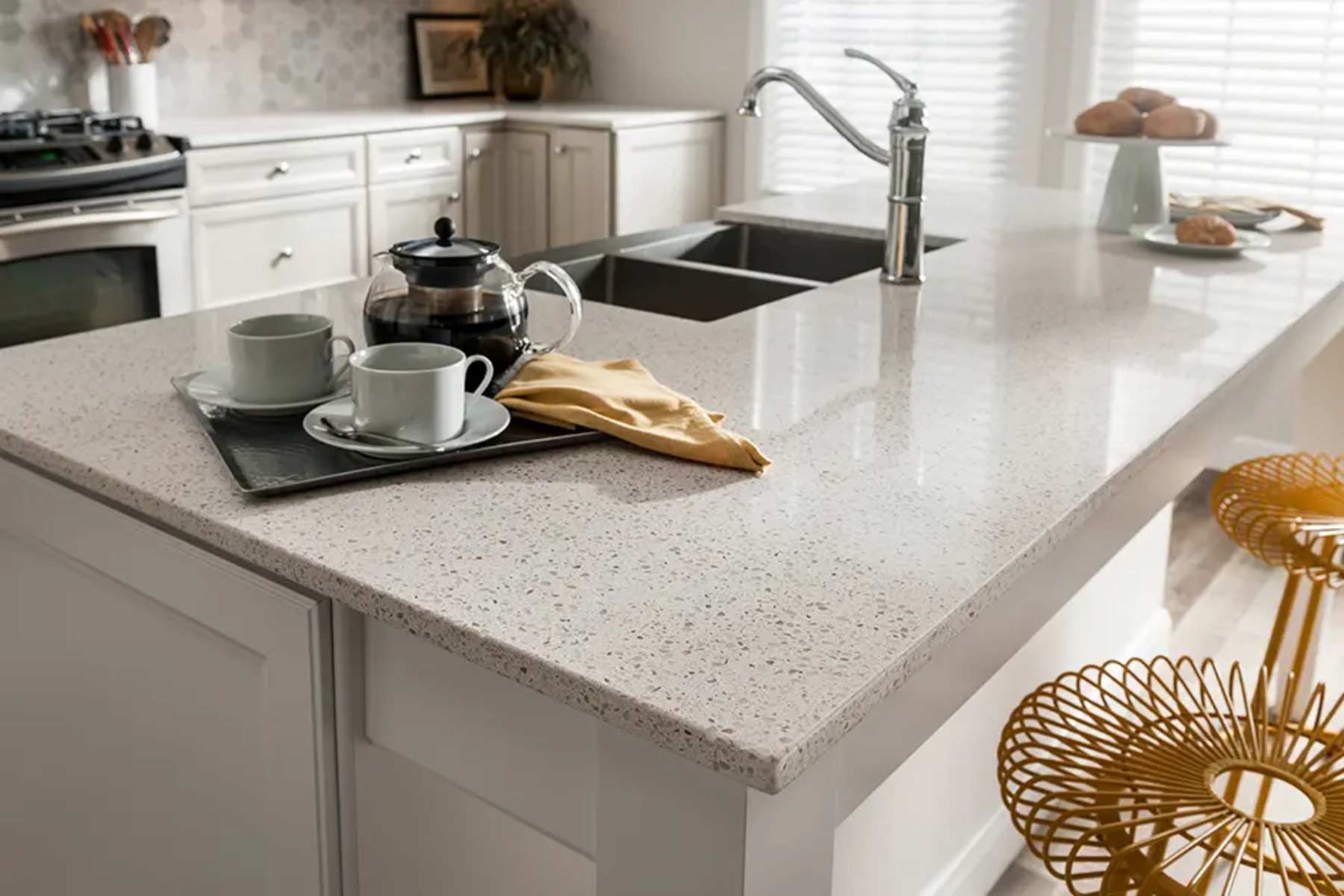
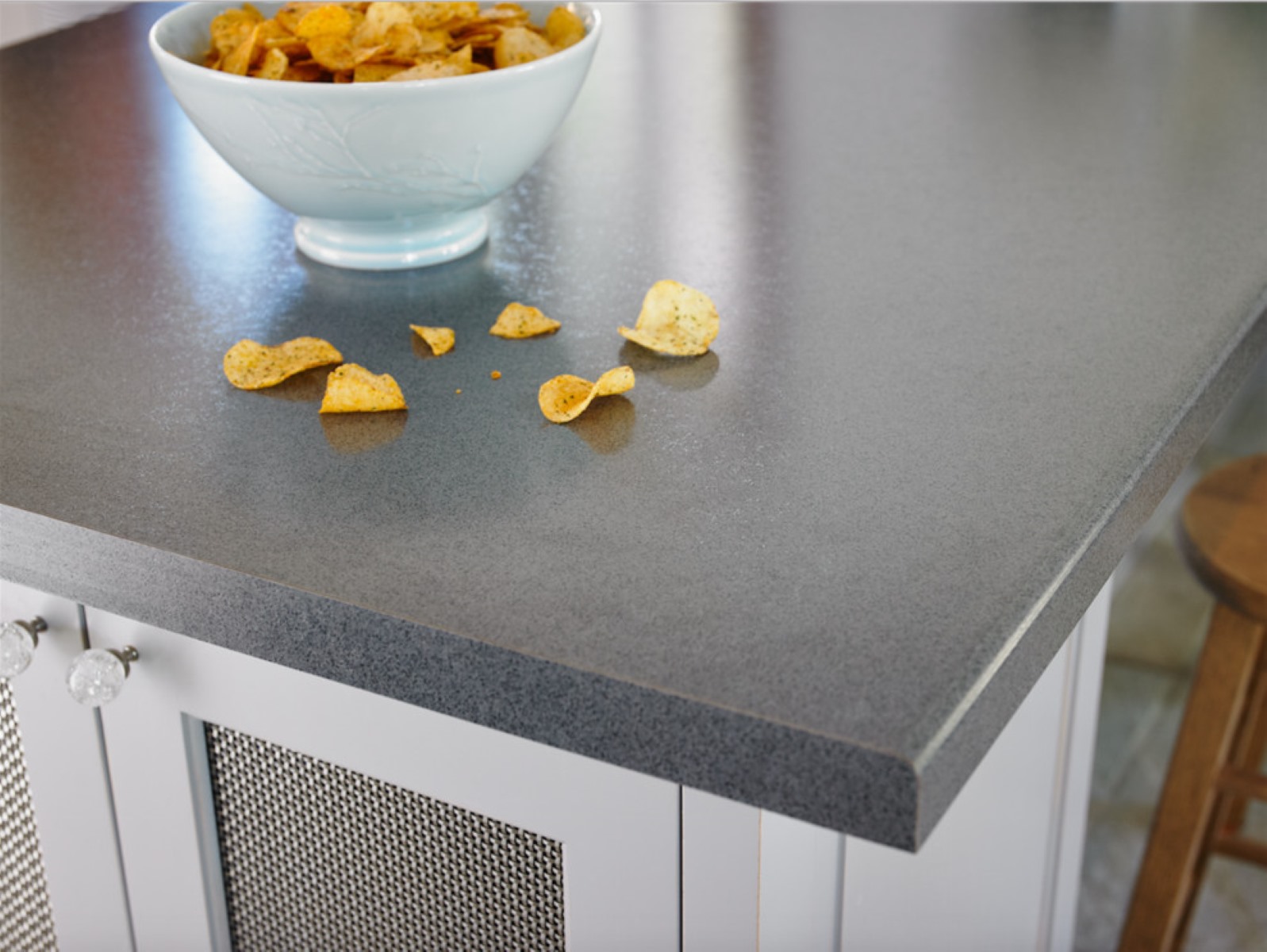
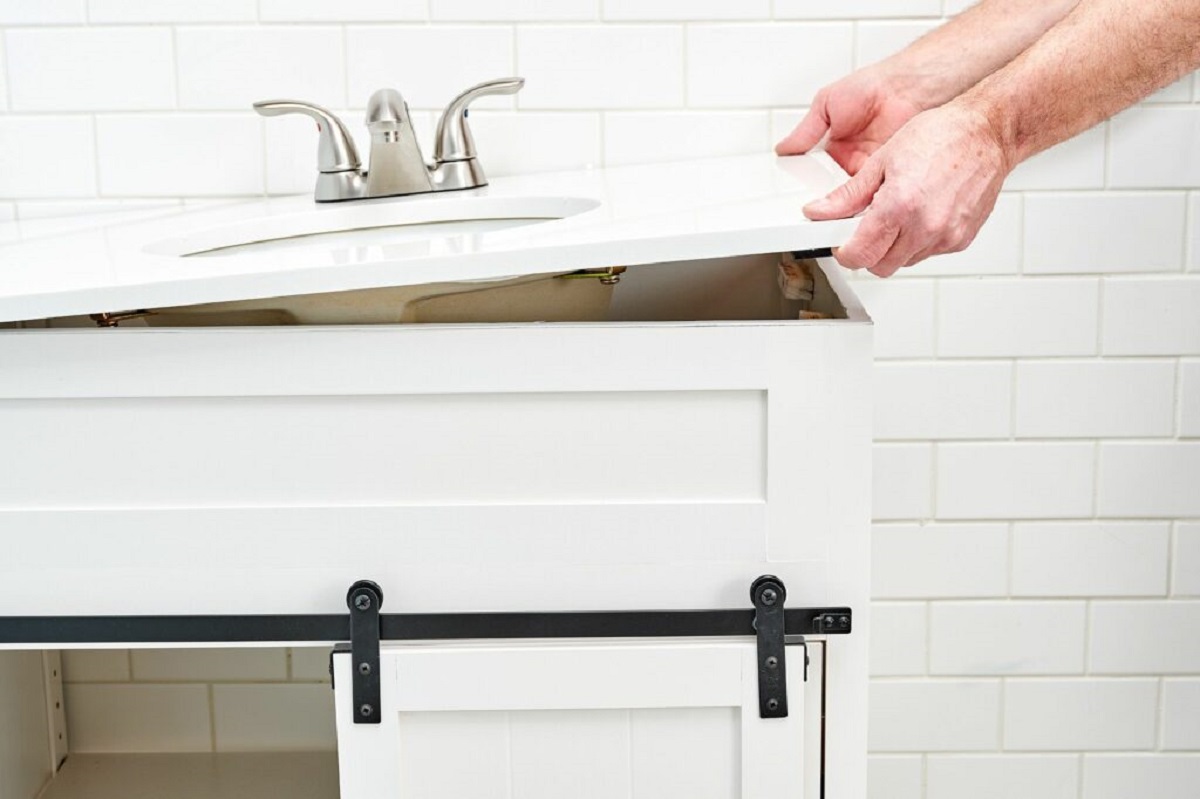
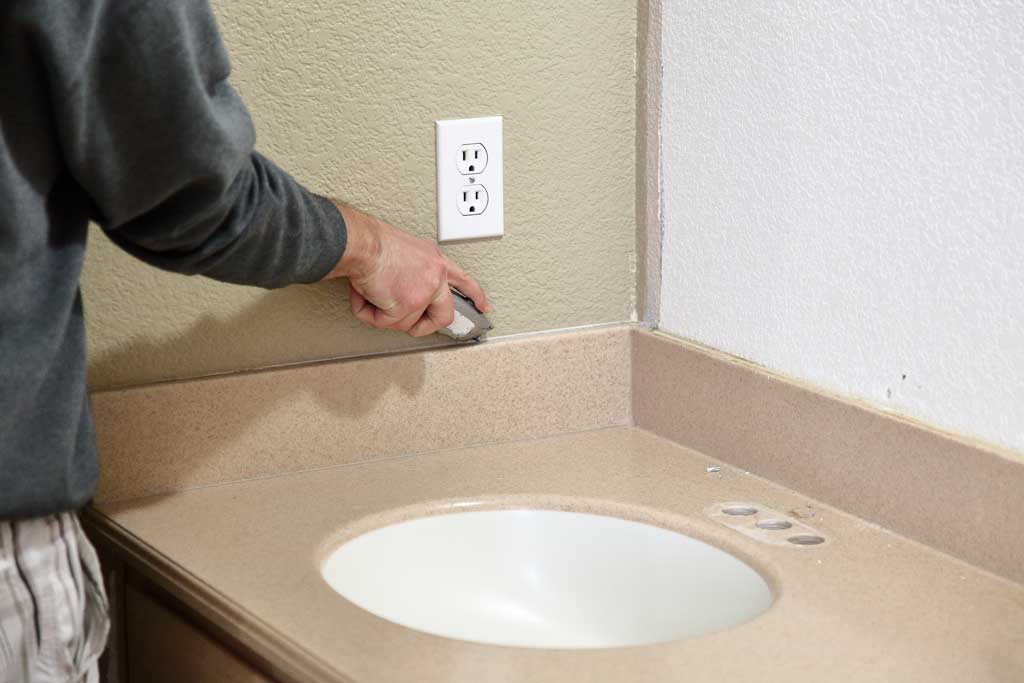
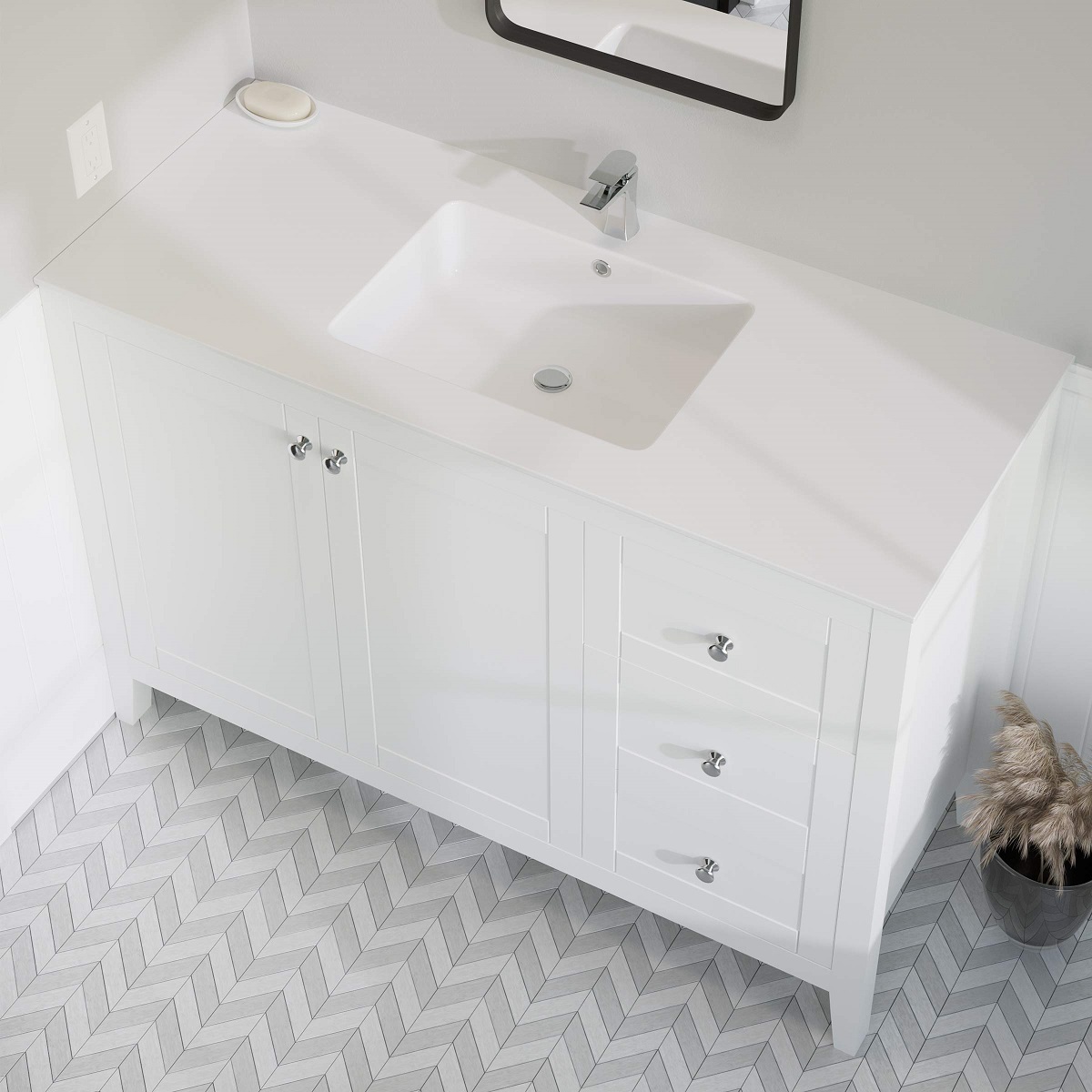
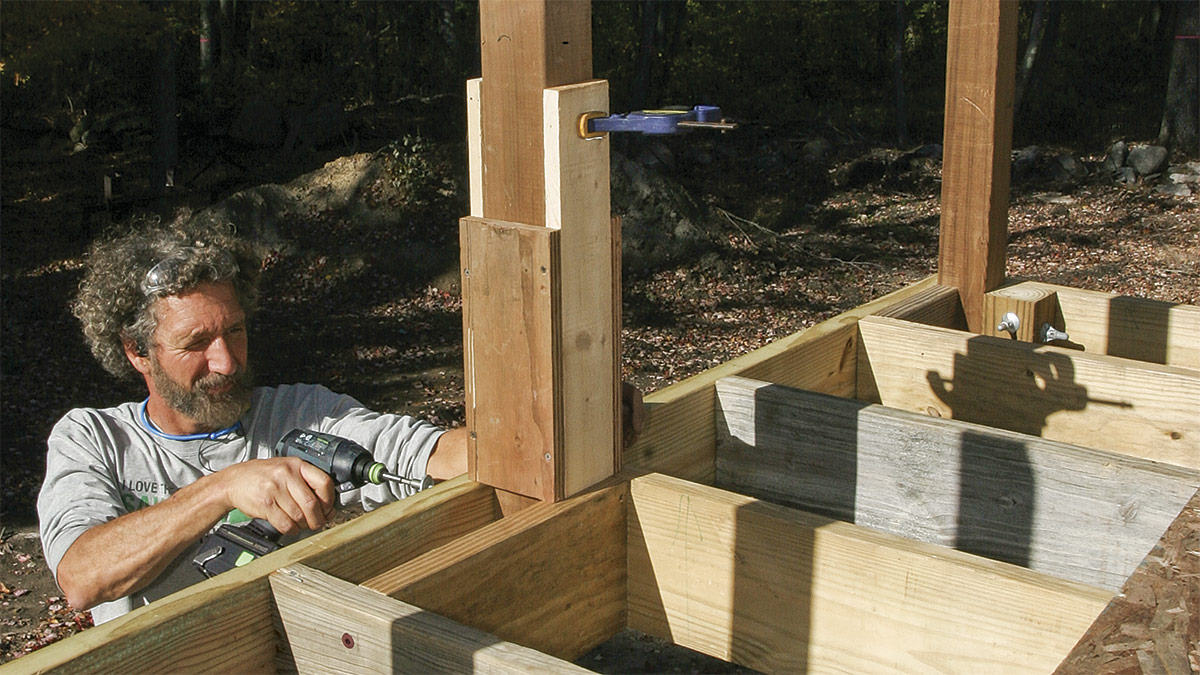
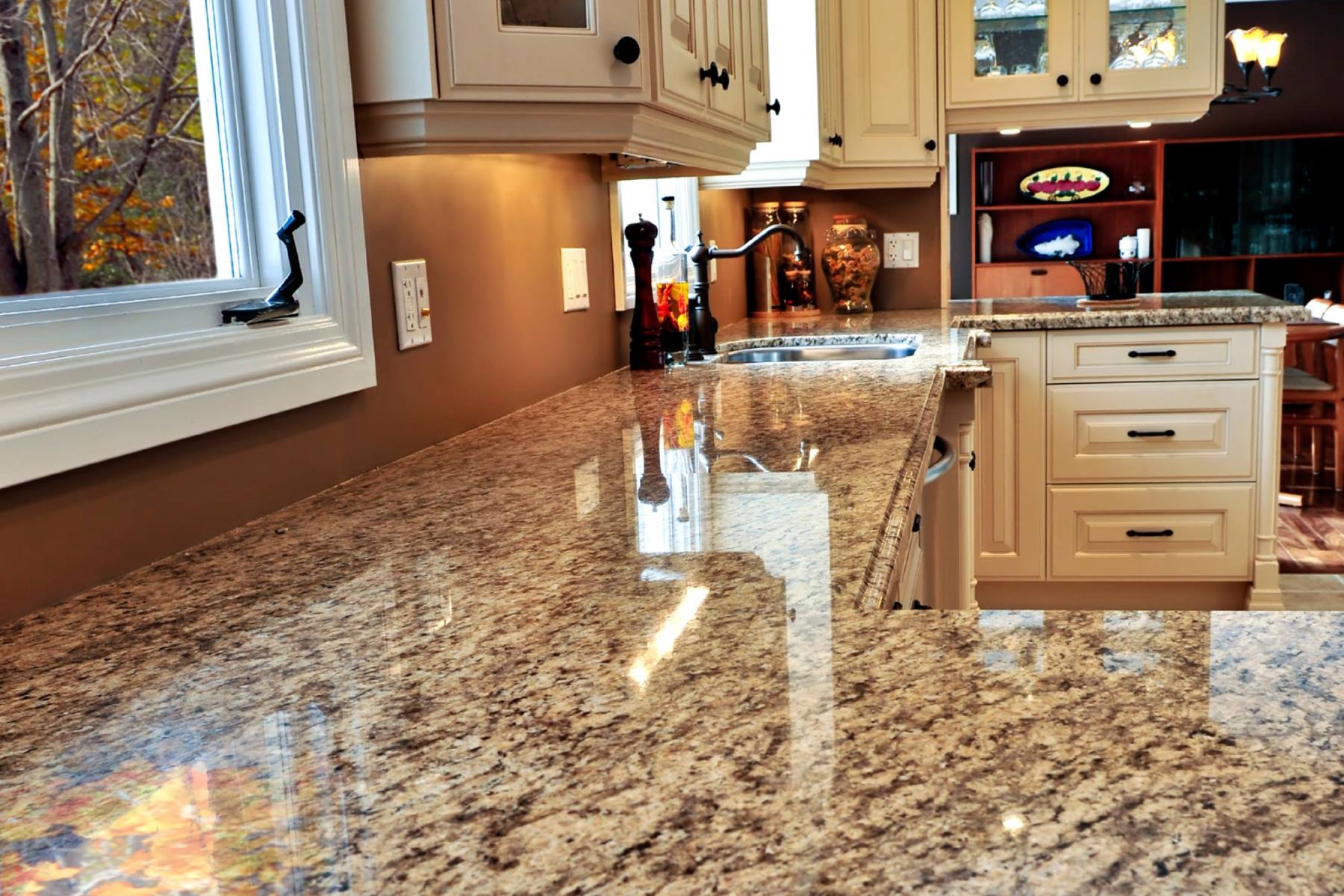
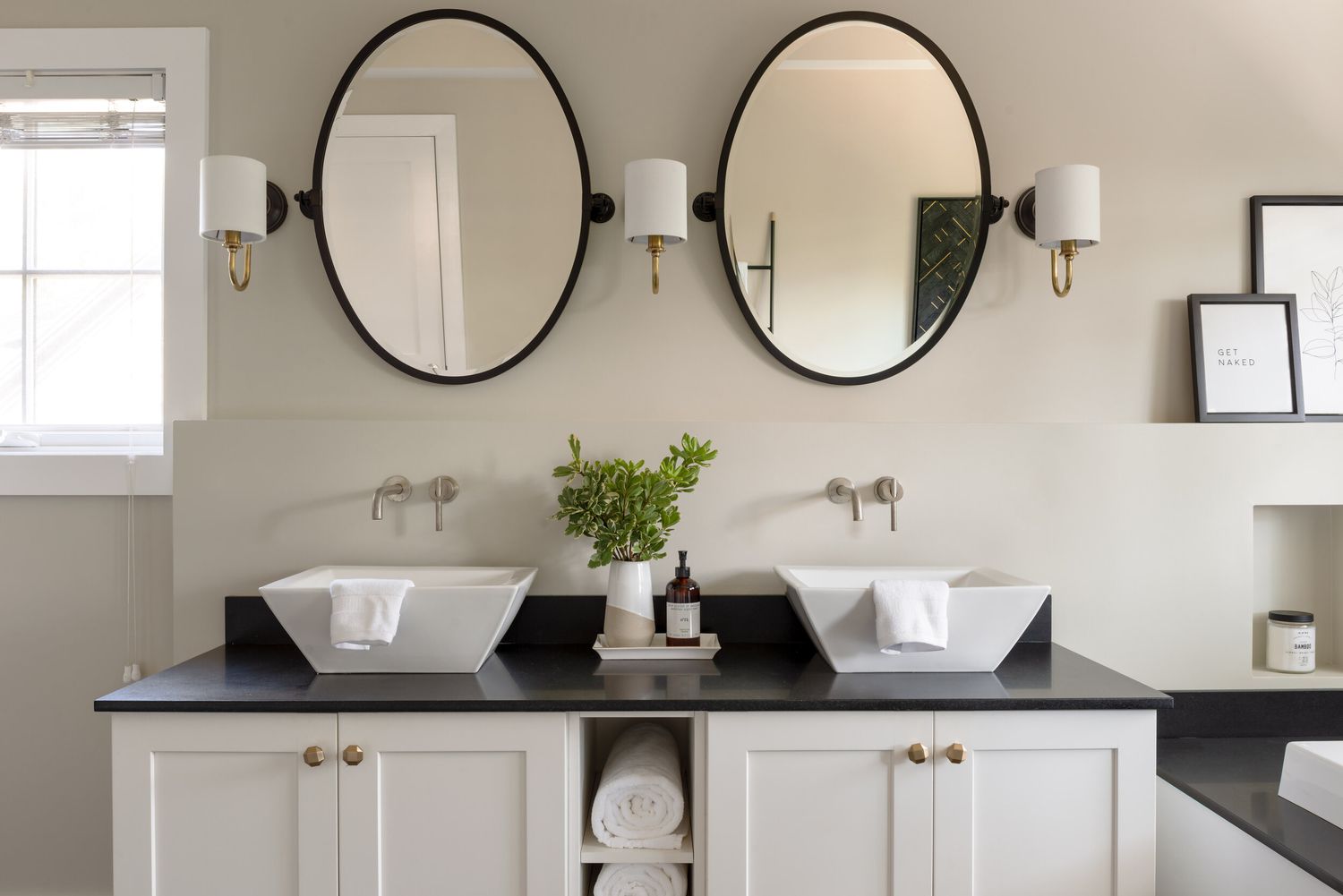
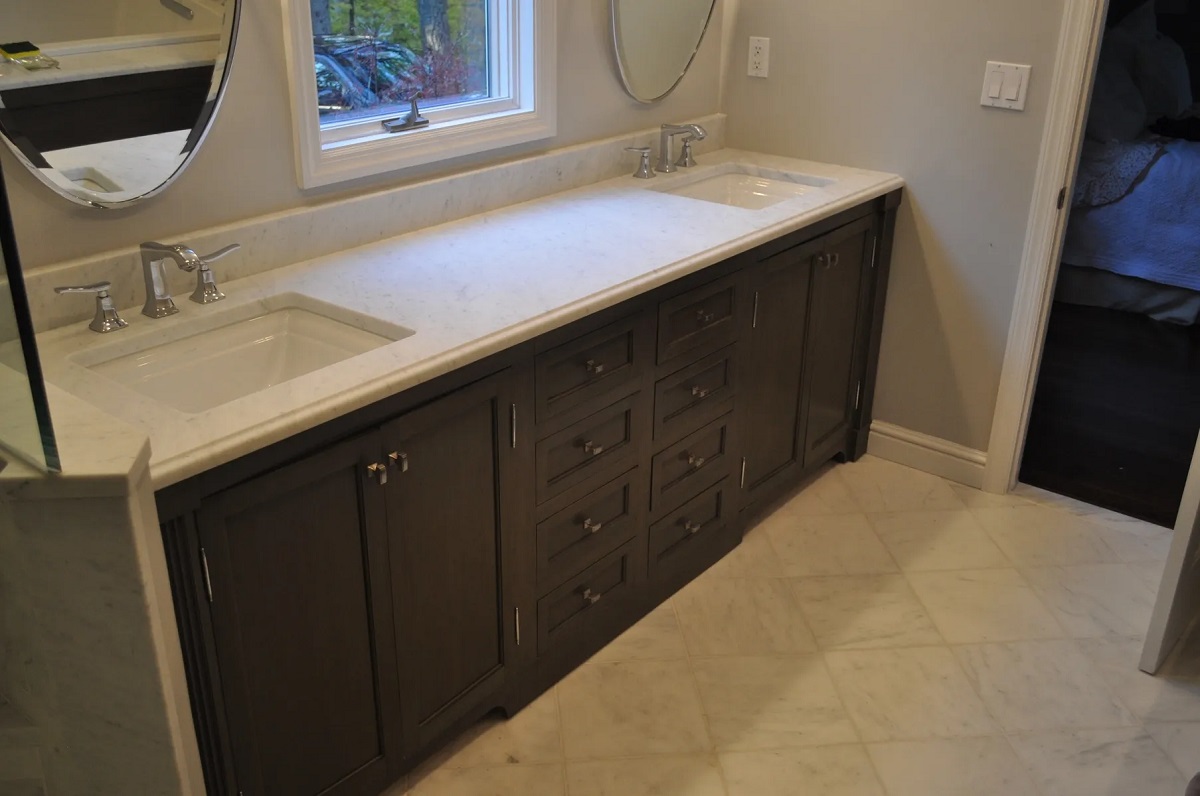
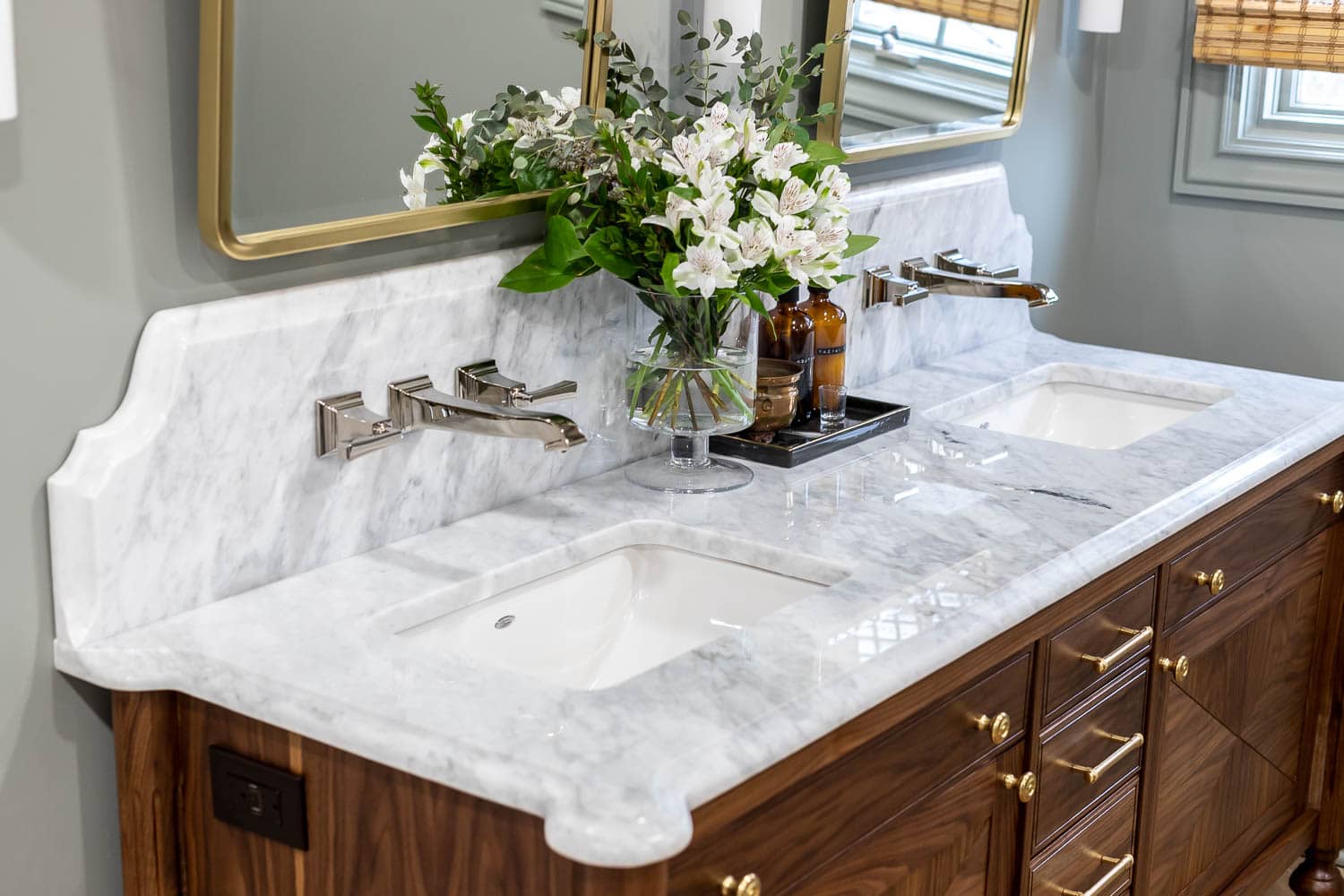
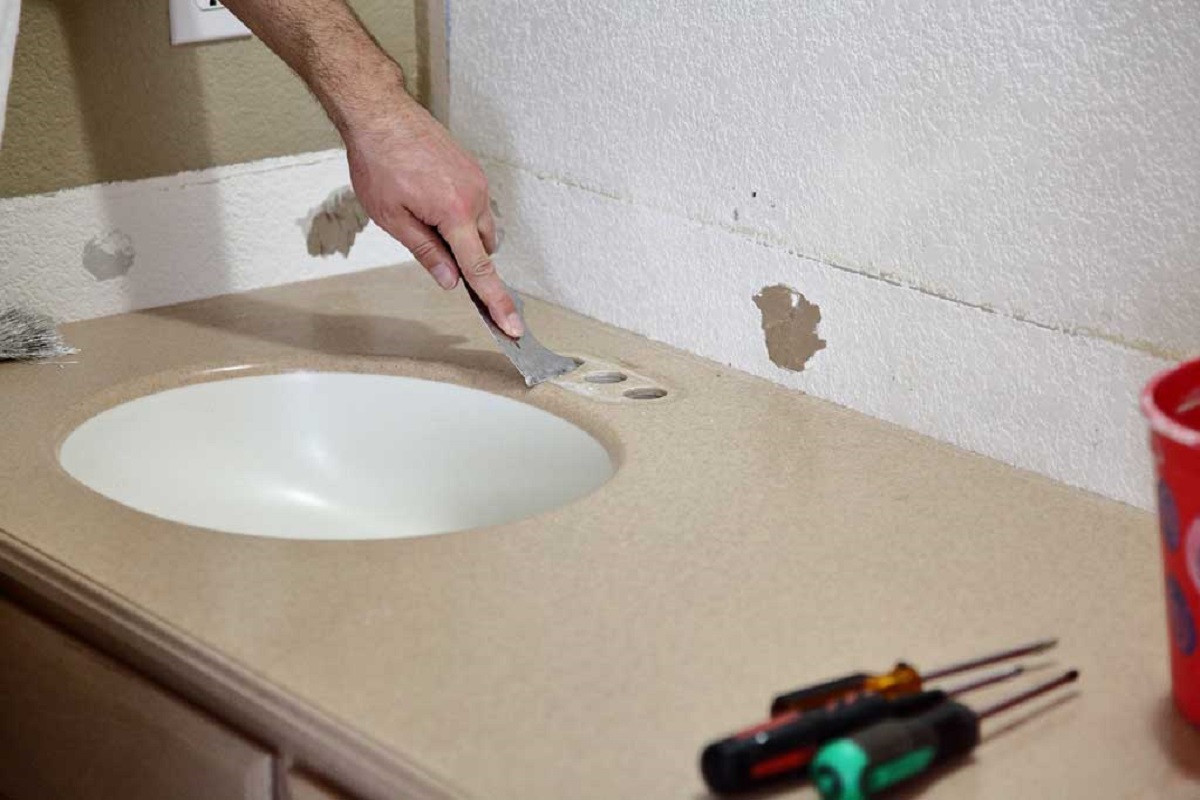
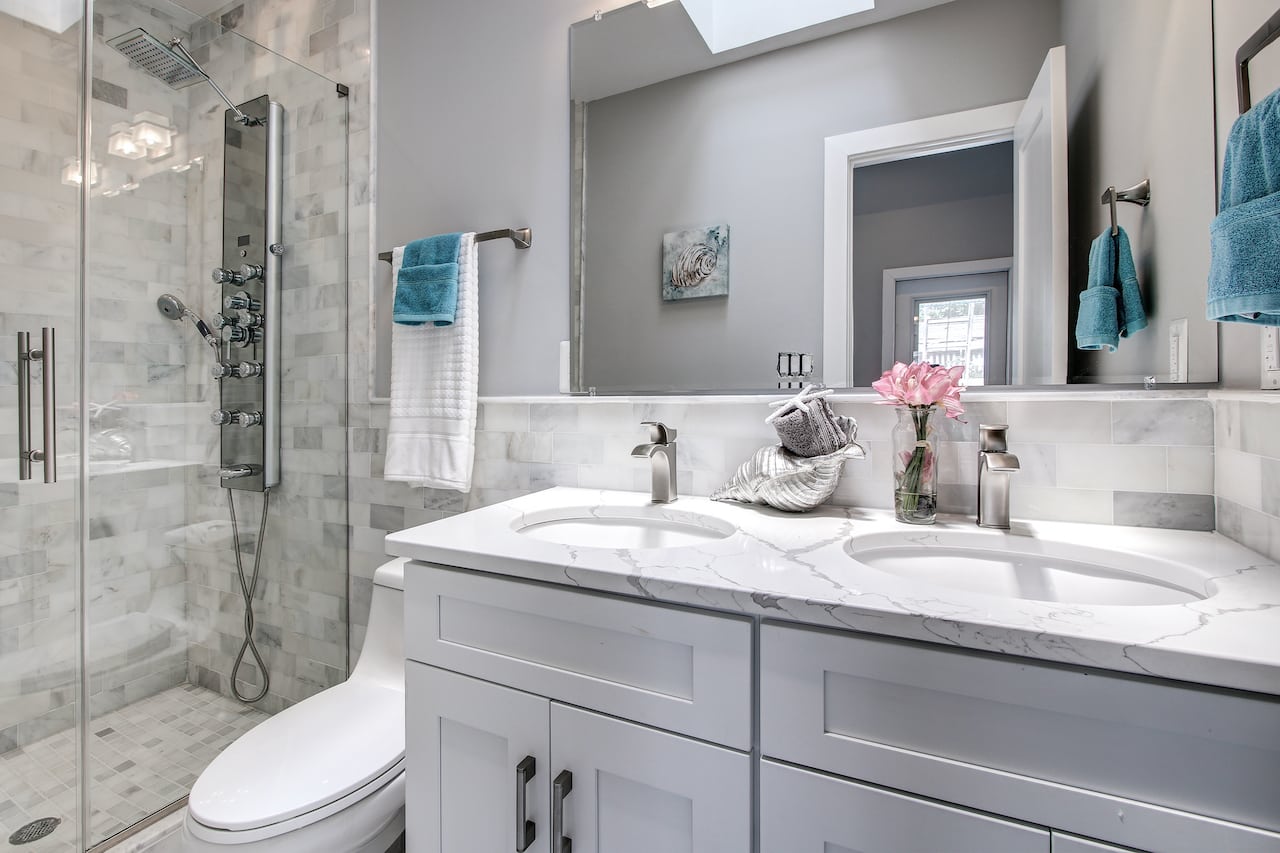

0 thoughts on “How To Cut Solid Surface Vanity Tops”